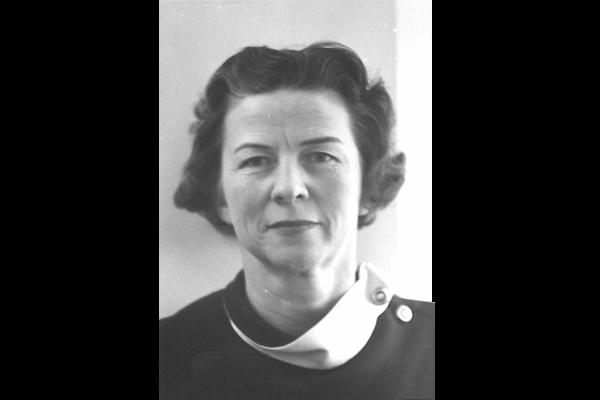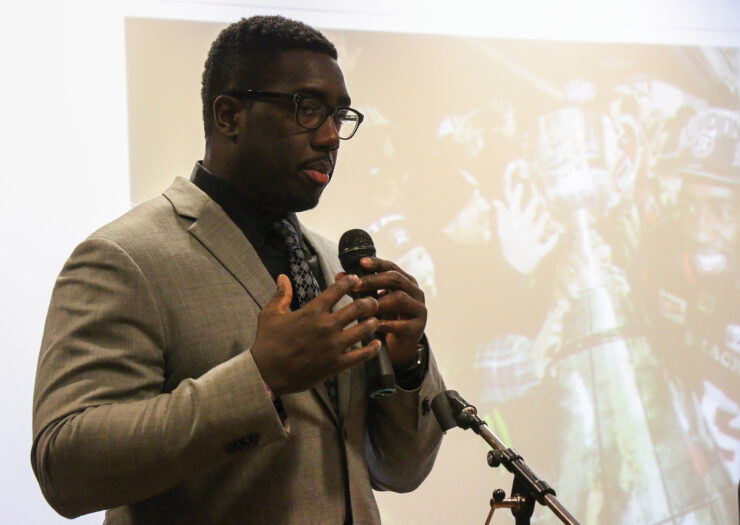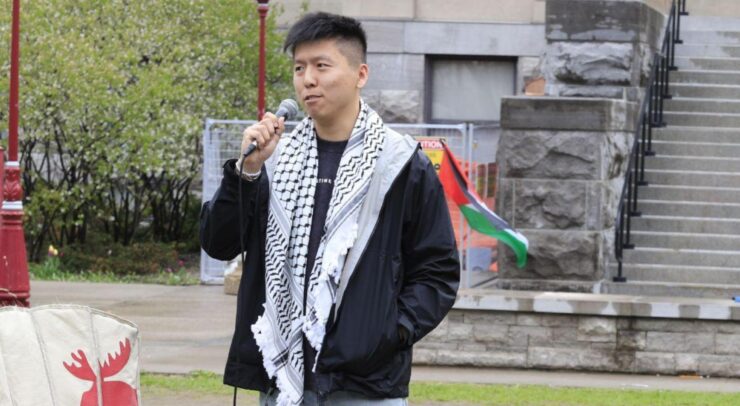Grant geared toward law and medical students
Photo: Courtesy of Audrey Boyce’s estate
A posthumous $1-million donation to the University of Ottawa hopes to help common law and medical students finance their education.
Law students paid $16,772 in tuition fees for the 2014-15 school year, while medical students paid $23,969.
Audrey Jacqueline Boyce, born Dec. 30, 1920, was a lifelong Ottawa resident and civil servant. She completed a secretarial course at Glebe Collegiate Institute in 1940 before working for the federal government in the Department of Agriculture. In 1958, she moved to the Department of Justice, working there until her retirement in 1978. She never married or had children.
Boyce died July 26, 2013 with no surviving relatives. In her will, she left $1 million to the U of O for financial aid for law and medical students. It’s the third-largest gift ever bequeathed to the university.
According to her estate, she loved the idea of creating a “ripple effect” through her gift, enabling multiple generations of students to achieve a higher education and help others.
Maurice Prevost, planned giving officer at the university’s Development Office, met with the lawyer and executor last January to find out more about Boyce and her motivation for the donation.
“They said in the case of law she probably worked with (a U of O) alumnus in the Department of Justice,” he said, adding that she might have given to the Faculty of Medicine “mostly because her mother was a nurse, but maybe partly it was gratitude for the medical care she received towards the end of her life.”
The donation will go toward scholarships to be awarded annually.
Jenelle McCalla, a second-year law student, said she’s “honoured” to be the first person to receive the Audrey J. Boyce Scholarship.
“It’s been challenging academically and financially,” she said. “Knowing that there’s people like Audrey Boyce out there to donate scholarships of this value really takes the burden off financially and allows me to focus on doing well in my studies.”
Prevost said “quite a lot” of scholarships and bursaries come from donors.
“There was a real push on that from the latter half of the 1990s until 2012, as the provincial government created the Ontario Trust for Student Support which would match donations used to create endowed bursary funds for Ontario students,” he explained. “That ended in 2012, when the provincial government created OSAP and the 30 per cent off tuition programs.”
Law, medicine, and dentistry are the most expensive programs at universities in Canada, with fees highest in Ontario and Nova Scotia. Increases in tuition stem from cuts in federal funding for education, and from some provincial governments deregulating fees for professional schools.
Ontario deregulated fees in 1998, leading to an increase of 241 per cent and 141 per cent for medical and law schools, respectively, from 1998 to 2002.
A 2013 Canadian Federation of Students report found law and medicine students would consider higher-paying jobs in fields and regions that weren’t their first choice in order to pay off debt.
The report also noted that debt drove young doctors away from family practice and young lawyers away from pro bono work, affecting legal and healthcare access for all Canadians.








